Acridine Orange CAS: 10127-02-3 | MF: C17H19ClN3•HCl•1/2ZnCl2 | MW: 369.96, Buy now Histological Stains & Dyes for Histology, Cytology, Microbiology, Hematology & Biology Lab from TriStains. All Tristains products are exclusively distributed by Dawn Scientific Inc.
Acridine Orange is a cell-permeant nucleic acid binding dye that emits green fluorescence when bound to dsDNA and red fluorescence when bound to ssDNA or RNA. When acridine orange binds to DNA, the dye exhibits a maximum excitation at 502 nm producing a maximum emission of 525 nm. When bound to RNA, acridine orange displays a maximum emission value of 650 nm and a maximum excitation value of 460 nm. It is also known to be a positive solvatochromic dye. Acridine orange has also been used as a lysosomal dye. The other names of it are 3,6-Acridinediamine, Acridine Orange Base, Acridine Orange NO, Basic Orange 14 etc. Acridine Orange is commonly used as a fluorescent stain in microbiology and histology.
TriStains provides a marketplace for histology and biological stains, which is comprehensive enough to encompass the peculiar requirements of laboratories specializing in Histology, Cytology, Microbiology, and Hematology. With a reputation for exceeding quality expectations, TriStains performance is outstanding which allows for resolution of cell and tissue components fundamental to life sciences to be clearly visualized. Each product under TriStains series is validated for accuracy, reliability and consistency. TriStains, which manufactures and markets stains and indicators in various packing, offers laboratories turn key solutions for all their staining and indicator needs, improving accuracy in every experiment.
Application :
- Acridine orange is useful for cell-cycle studies.
- It is used as a fluorescent staining agent to detect the presence of bacteria in blood cultures and other bodily fluids.
- It is useful in the rapid screening of ordinarily sterile specimens.
Benefits :
- Able to withstand low pH environments
- Differentiate various types of cells (i.e., bacterial cells and white blood cells)
- High quality and good effectiveness
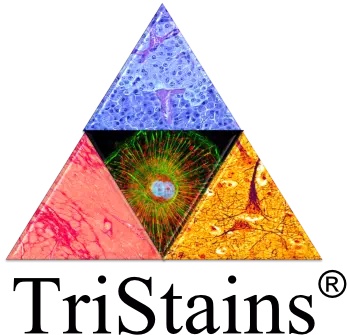

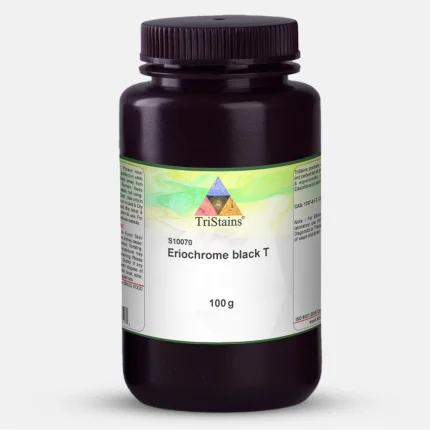

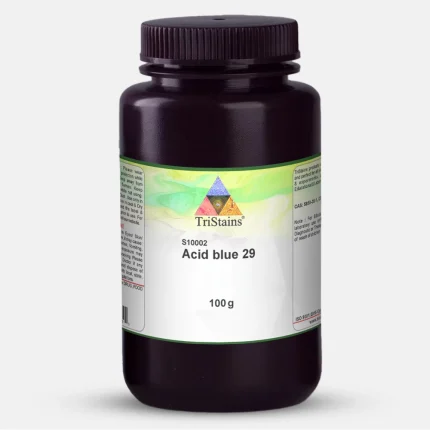

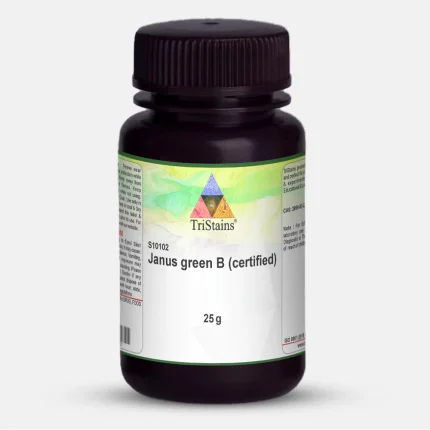
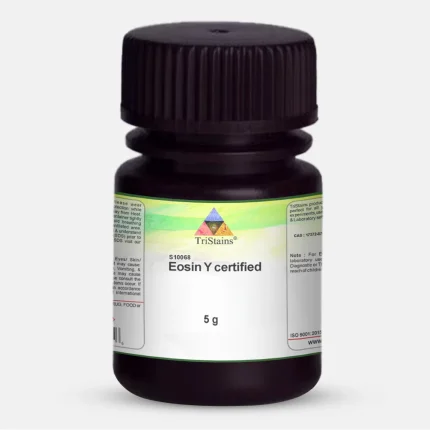

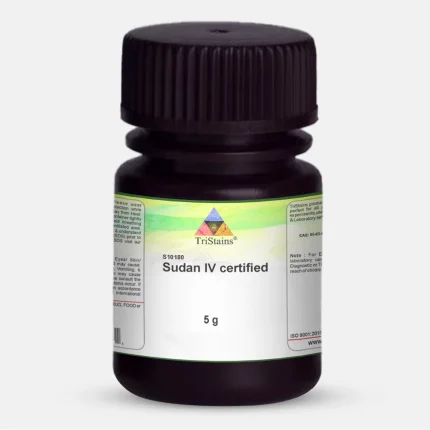



Reviews
There are no reviews yet.